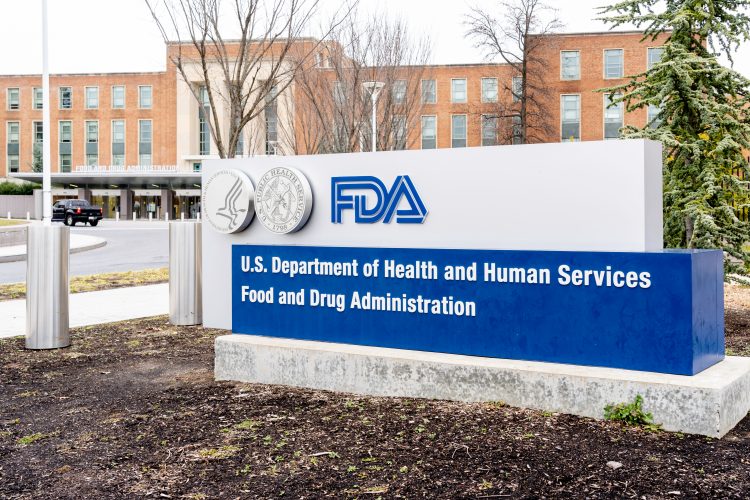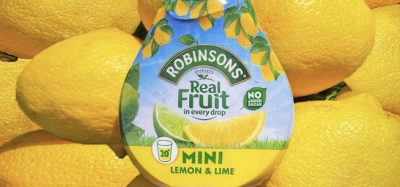FDA makes changes to imported produce guidelines
- Like
- Digg
- Del
- Tumblr
- VKontakte
- Buffer
- Love This
- Odnoklassniki
- Meneame
- Blogger
- Amazon
- Yahoo Mail
- Gmail
- AOL
- Newsvine
- HackerNews
- Evernote
- MySpace
- Mail.ru
- Viadeo
- Line
- Comments
- Yummly
- SMS
- Viber
- Telegram
- Subscribe
- Skype
- Facebook Messenger
- Kakao
- LiveJournal
- Yammer
- Edgar
- Fintel
- Mix
- Instapaper
- Copy Link
Posted: 28 September 2022 | Grace Galler | No comments yet
The FDA has created a new strategy to advance the safety of imported produce into the US. Find out what the overview concerns…


An overview titled ‘Activities to Enhance the Safety of Imported Produce’ has been released by the FDA to advance the safety of overseas produce being sold in the US market.
This strategy follows the FDA’s 2019 ‘Strategy for the Safety of Imported Food’ that described the agency’s approach to enhancing the safety of food imported to the US. This aimed to address the complex challenges that must be navigated as a result of complex global supply chains, varying food safety systems and varying levels of regulatory oversight.
The new 2022 strategy details how the previous strategy for safeguarding specifically imported food supplies works in relation to activities surrounding their importation.
Imported food in the US makes up a large percentage of what is sold to consumers. According to the FDA, imported food makes up around 15 percent of its overall food supply, meaning that tight regulations to ensure maximised food safety are a must.
The New Era of Smarter Food Safety, established by the FDA Food Safety Modernization Act (FSMA), calls for total food safety in the US. With the new 2022 strategy, the FSA hopes to represent the ways in which it is enhancing the safety of fresh fruit and vegetables through the four goals that can be found in the 2019 import strategy:
Goal One: Food offered for import meets US food safety requirements
In order to maximise the chance of consumer safety, it is important for companies to comply with applicable US food safety requirements. To meet these standards and keep imported produce safe, the FDA has pointed out that companies should undergo verification activities including inspection and testing, sharing information with foreign regulatory partners, and education and outreach activities which will raise awareness and comprehension of existing food safety requirements.
Goal 2: FDA border surveillance prevents entry of unsafe foods
To assess imported food as it is entering the US, the FDA carries out border surveillance activities at more than 300 active US ports of entry. This section of the strategy highlights how an importer’s compliance history and risks associated with the commodity to inform future actions, namely import entry screening, sampling, examination, and testing that can prohibit unsafe produce from entering the US market.
Goal 3: Rapid and effective responses to unsafe imported food
This goal concerns the FDA’s process for efficiently responding to outbreaks and contaminations. It includes efforts to remove unsafe products from the marketplace, so they do not reach consumers in the US should the products have already entered the country. The third section explored some of the precautions that the FDA takes beyond outbreaks to reduce the chance of another outbreak taking place.
Goal 4: Effective and efficient food import program
The final goal focuses on advancing the FDA’s public health mission. This involves enabling smarter food safety, maintaining a reliable workforce, integrated and effective management systems, and meaningful interactions with stakeholders. Additionally, the FDA says responsible stewardship of resources, including taxpayer dollars, is required.
Related topics
Food Safety, Health & Nutrition, Quality analysis & quality control (QA/QC), Regulation & Legislation, retail, Supermarket, Supply chain, Trade & Economy, World Food








